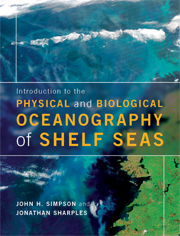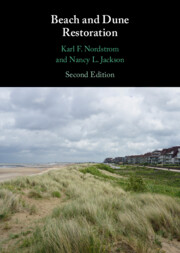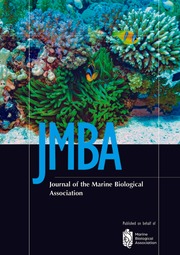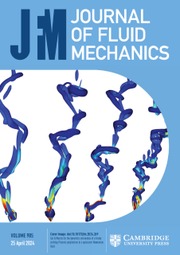Introduction to the Physical and Biological Oceanography of Shelf Seas
In this exciting and innovative textbook, two leading oceanographers bring together the fundamental physics and biology of the coastal ocean in a quantitative but accessible way for undergraduate and graduate students. Shelf sea processes are comprehensively explained from first principles using an integrated approach to oceanography that helps build a clear understanding of how shelf sea physics underpins key biological processes in these environmentally sensitive regions. Using many observational and model examples, worked problems and software tools, the authors explain the range of physical controls on primary biological production and shelf sea ecosystems. Boxes throughout the book present extra detail for each topic and non-mathematical summary points are provided for physics sections, allowing students to develop an intuitive understanding. The book is fully supported by extensive online materials, including worked solutions to end-of-chapter exercises, additional homework/exam problems with solutions and simple MATLAB and FORTRAN models for running simulations.
- Provides background chapters on biology and physics to provide all students with a base-level understanding and builds to develop the physical theory of each particular process in parallel with numerous data examples of real-world impacts
- Pedagogical features include boxes presenting extra detail for each topic, non-mathematical summary points for physics sections and highlighted asides and anecdotes bringing the reality and human aspects of ocean research work to life
- Extensive online support materials include worked solutions to end-of-chapter exercises, additional homework/exam problems with solutions and simple MATLAB and FORTRAN models for running simulations
Reviews & endorsements
"This comprehensive and up-to-date book will be an ideal resource for both undergraduate and postgraduate students in pursuit of an all-round appreciation and understanding of the shelf seas. It really bridges a gap in the literature and the authors themselves pioneered much of the multidisciplinary research that has revealed a delicate interplay between the physical environment and life in the shelf seas." - Dr Robert Marsh, University of Southampton
"Simpson and Sharples have combined courses in coastal physical dynamics and coastal biological oceanography to produce a textbook that is much greater than the sum of the individual disciplinary parts. Students and scientists alike will find the discussions of sampling gear and deployment techniques an unusual and particularly useful aspect of this book. The authors are leaders in the study of the physics and biology of shelf seas and their experience and expertise is abundantly clear." - Professor Peter J. S. Franks, Scripps Institution of Oceanography
"This text is [a] straightforward one-stop shop for students and professionals with a biological background who want to understand the basics of physical oceanography. It is very interesting and readable, and a great introduction [to] the theoretical background a biologist needs to understand the large-scale physical dynamics of the world their organisms are inhabiting." - Professor Katherine Richardson, Copenhagen University
"This book will prove to be a masterpiece with enduring value and fills a significant gap in physical oceanography textbooks by focusing on shallow seas. It reads well, is accessible to the intelligent, scientifically trained non specialist and provides a solid foundation by which ecologists can learn much about the physical control of many ecological processes on shelf seas." - Malcolm Bowman, Distinguished Professor, State University of New York, Stony Brook
Product details
May 2012Adobe eBook Reader
9781139227551
0 pages
0kg
100 b/w illus. 20 colour illus. 5 tables 45 exercises
This ISBN is for an eBook version which is distributed on our behalf by a third party.
Table of Contents
- Preface
- 1. Introduction to the shelf seas
- 2. Physical forcing of the shelf seas: what drives the motion of ocean?
- 3. Response to forcing: the governing equations and some basic solutions
- 4. Waves, turbulent motions and mixing
- 5. Life in the shelf seas
- 6. Seasonal stratification and the spring bloom
- 7. Interior mixing and phytoplankton survival in stratified environments
- 8. Tidal mixing fronts: their location, dynamics and biological significance
- 9. Regions of freshwater influence (ROFIs)
- 10. The shelf edge system
- 11. Future challenges in shelf seas
- References
- Index.










